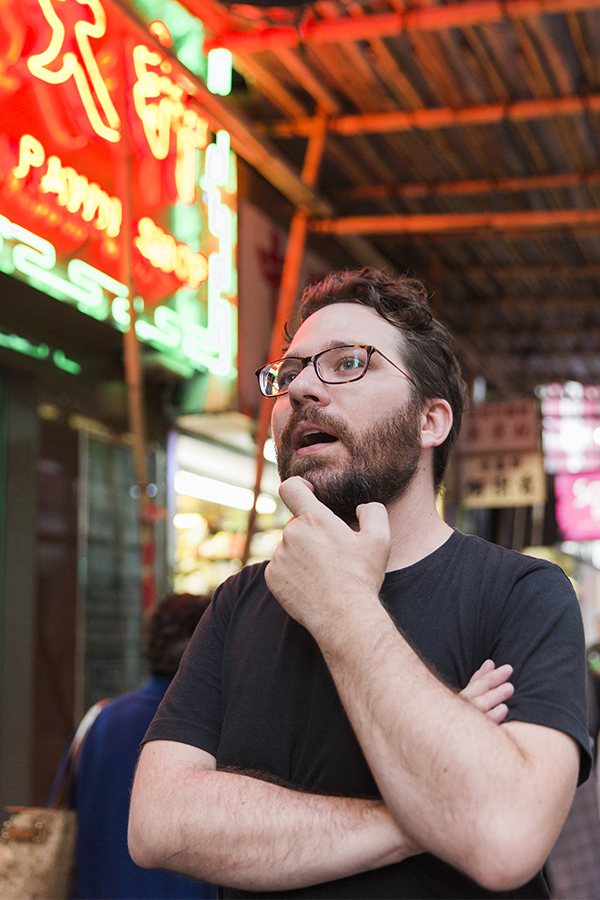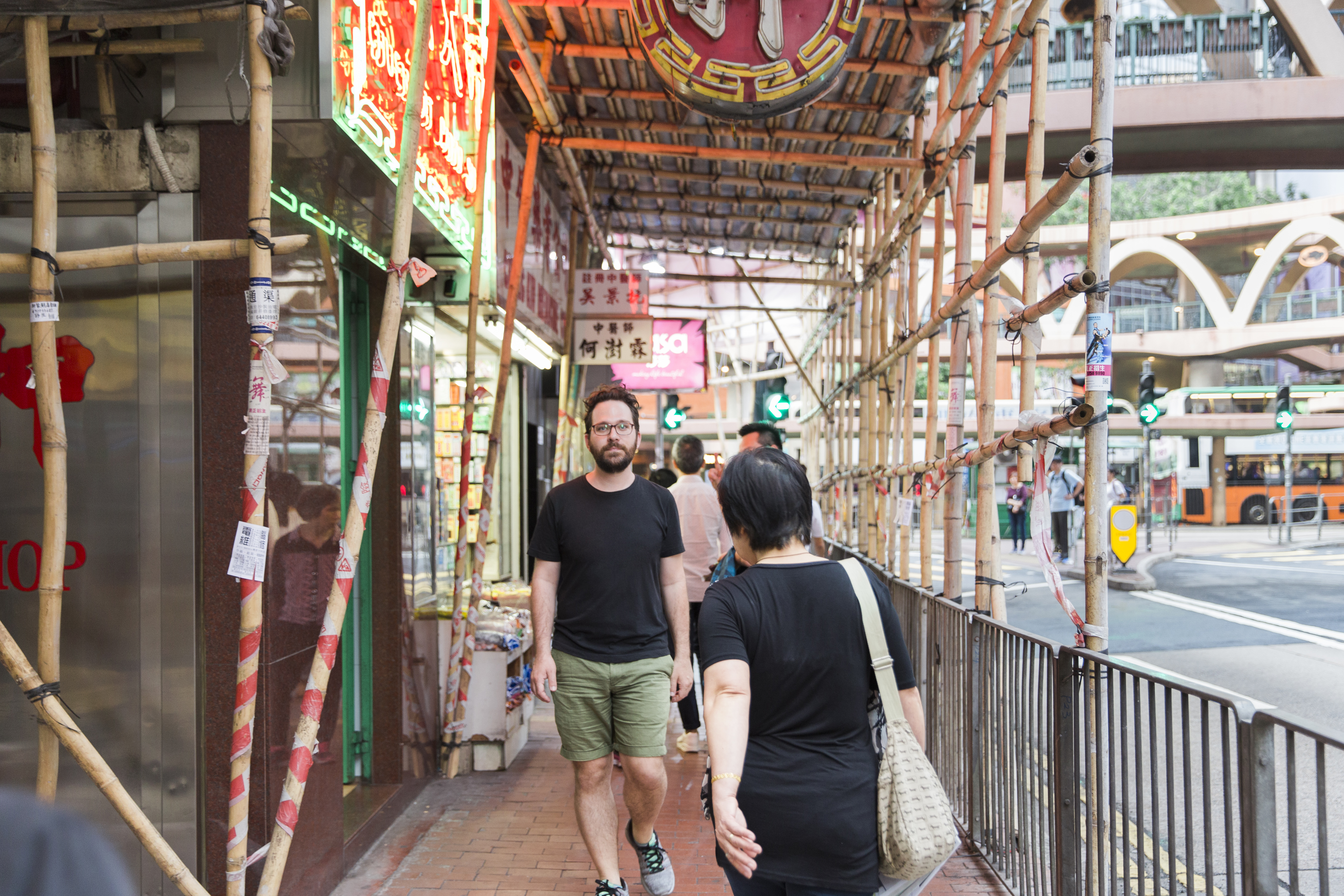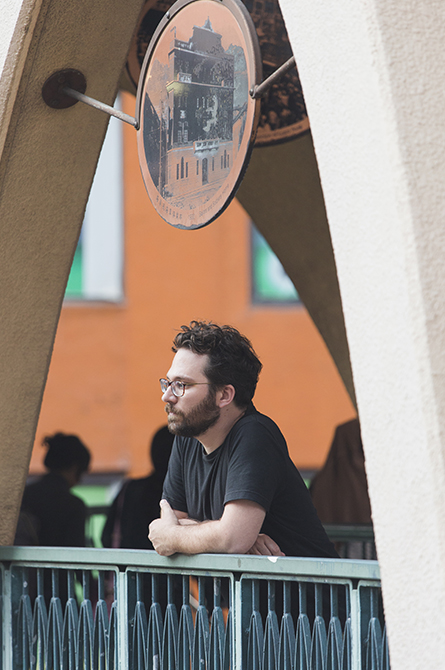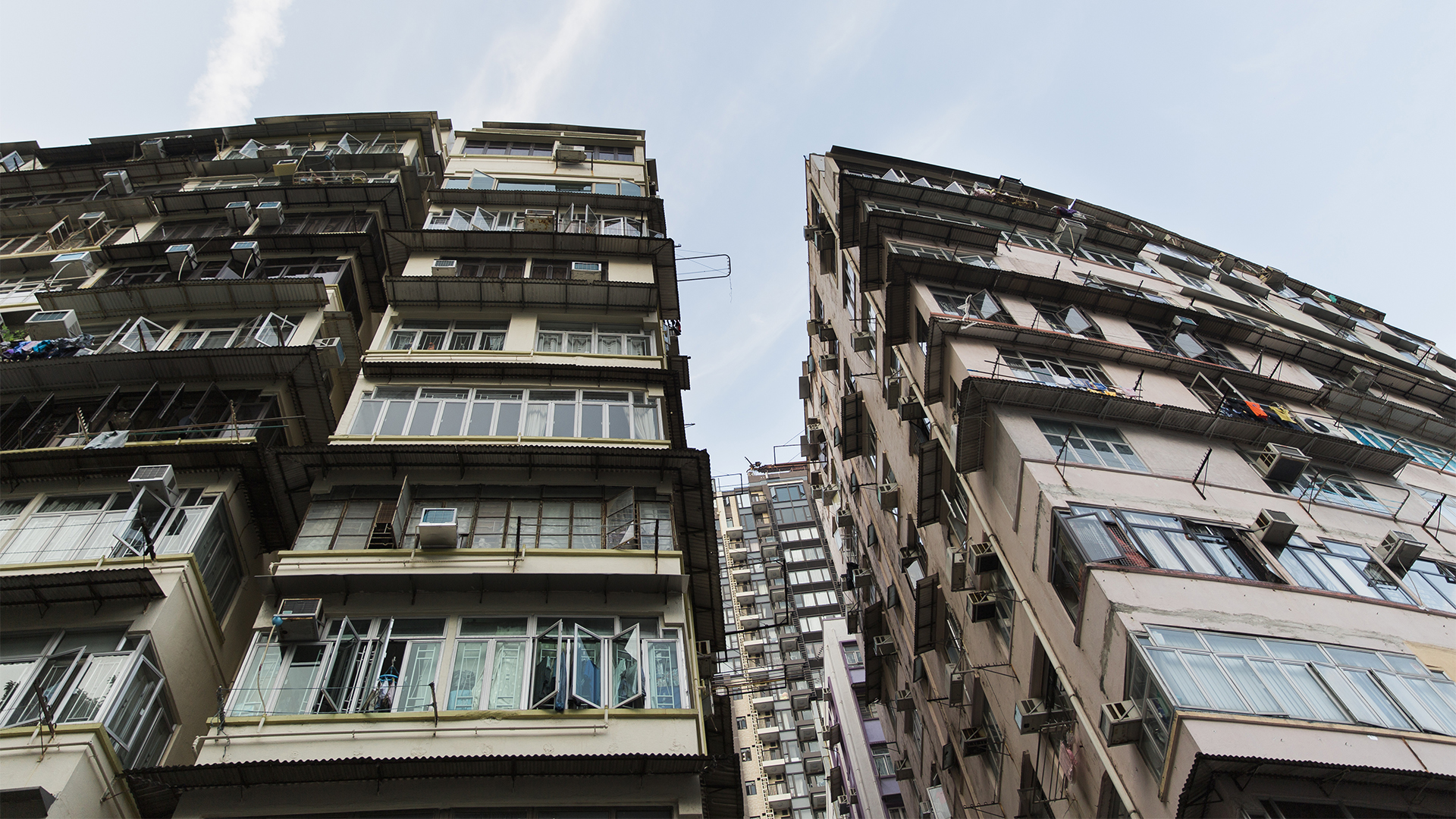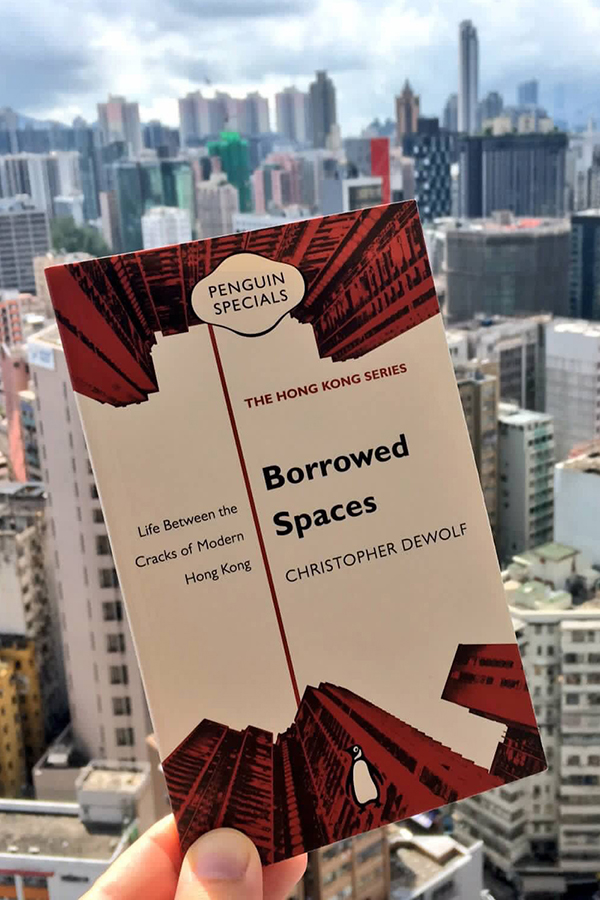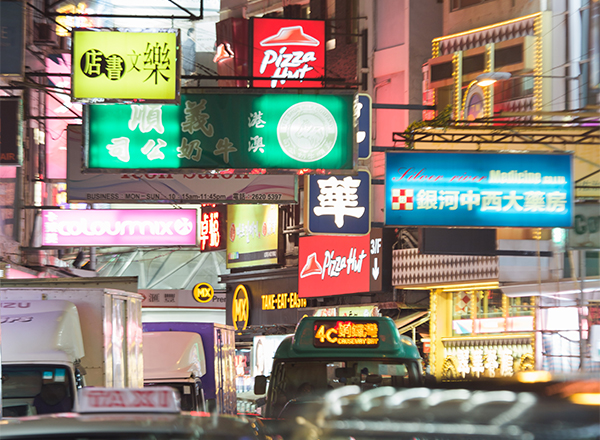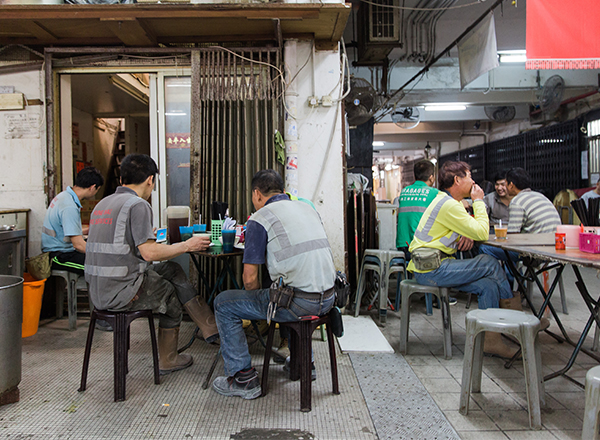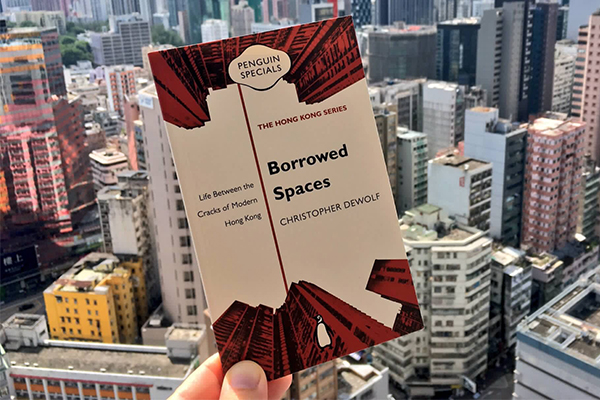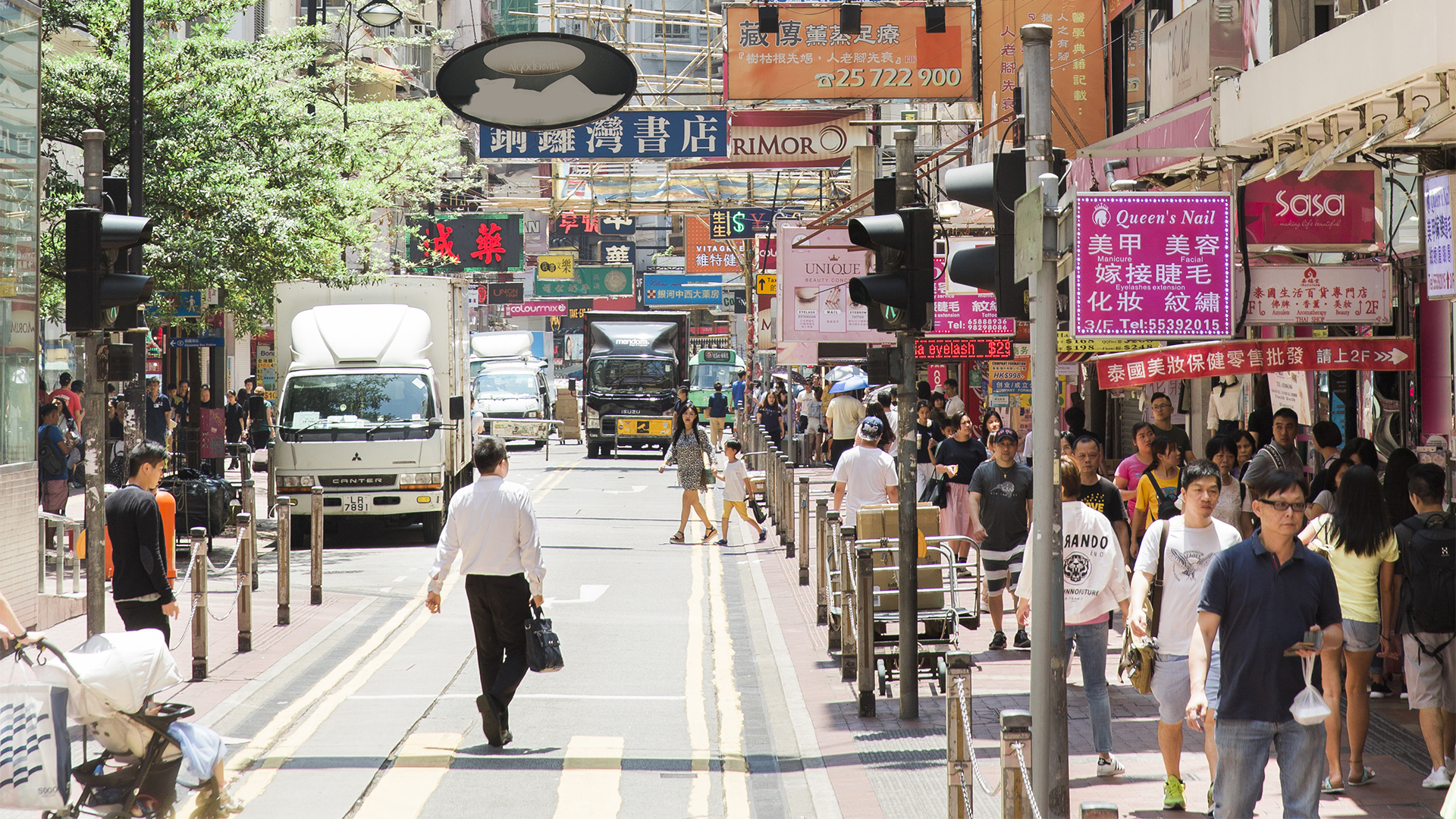“…what makes Hong Kong a unique place is the little everyday contributions. Shops with open fronts that spill into the street, big signboards, street markets…”
“Over the years, I saw how many of the things that are distinctive about Hong Kong were being whittled away. Those things aren’t a problem in and of themselves, but in Hong Kong, they’re done without much sensitivity to what makes the city special. So [in the book] I decided to focus on the tension between the everyday life of the city and the policies that seem to wage war against it.”
Hong Kong has an endless list of things that make it special, but for Christopher, it’s the littlest things. “It gradually dawned on me that so much of what makes Hong Kong a unique place is the little everyday contributions. Shops with open fronts that spill into the street, big signboards, street markets, potted plants along the footpath, hawkers selling charcoal-roasted sweet potatoes – all of these are ground-up grassroots ways of building a city. If you stripped all of them away, Hong Kong would be a pretty dull, ugly place, with a lot of concrete and not a lot of life.”
For Christopher, despite its evolution over the years, Causeway Bay has still remained one of the more interesting neighbourhoods in Hong Kong. “It has a very different feel compared to other commercial areas, and I have always wondered why that is. I think part of the reason is that it is surrounded on two sides by greenery. It’s the centre of town for anyone who lives on Hong Kong Island, so it feels like a natural centre of gravity.”
